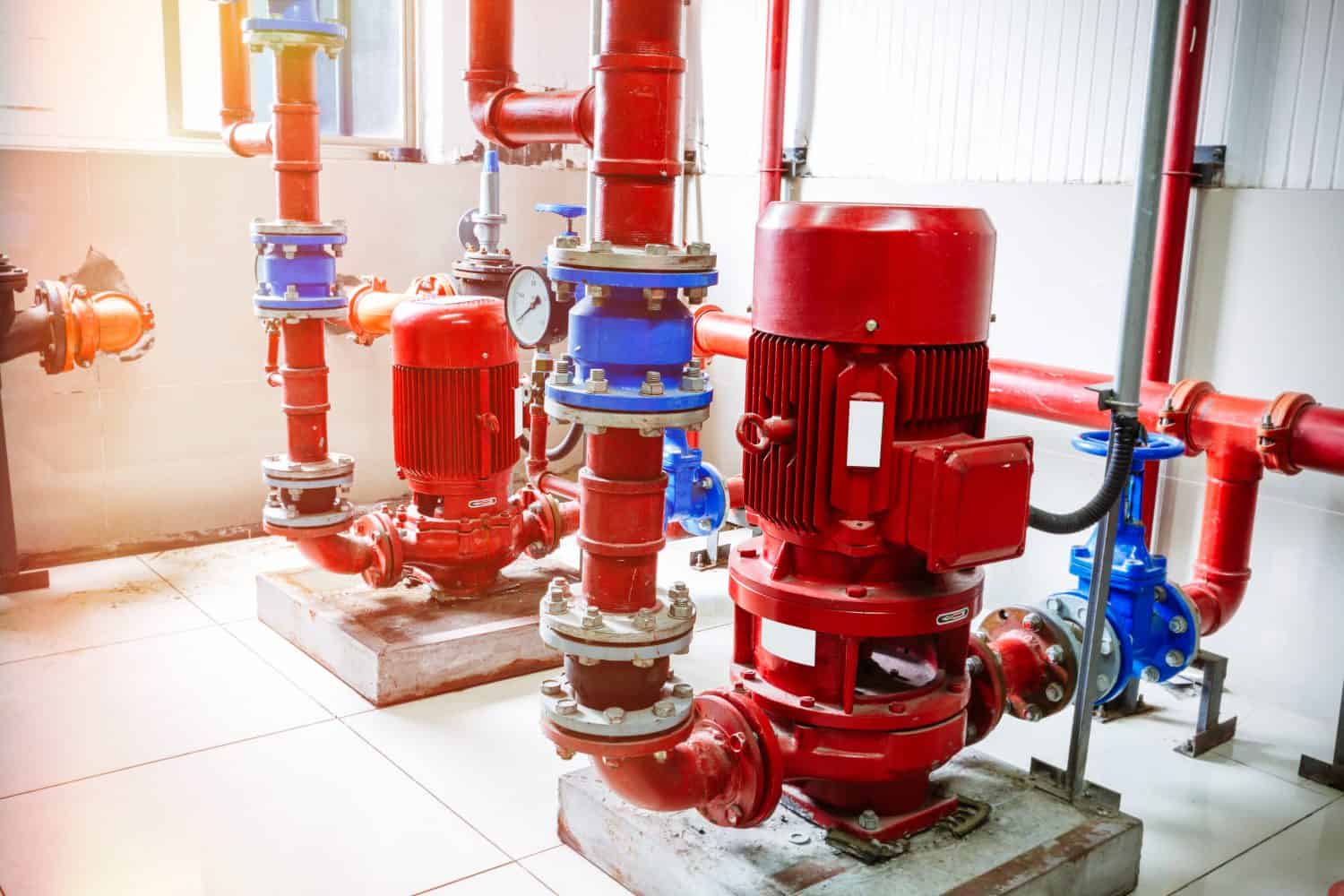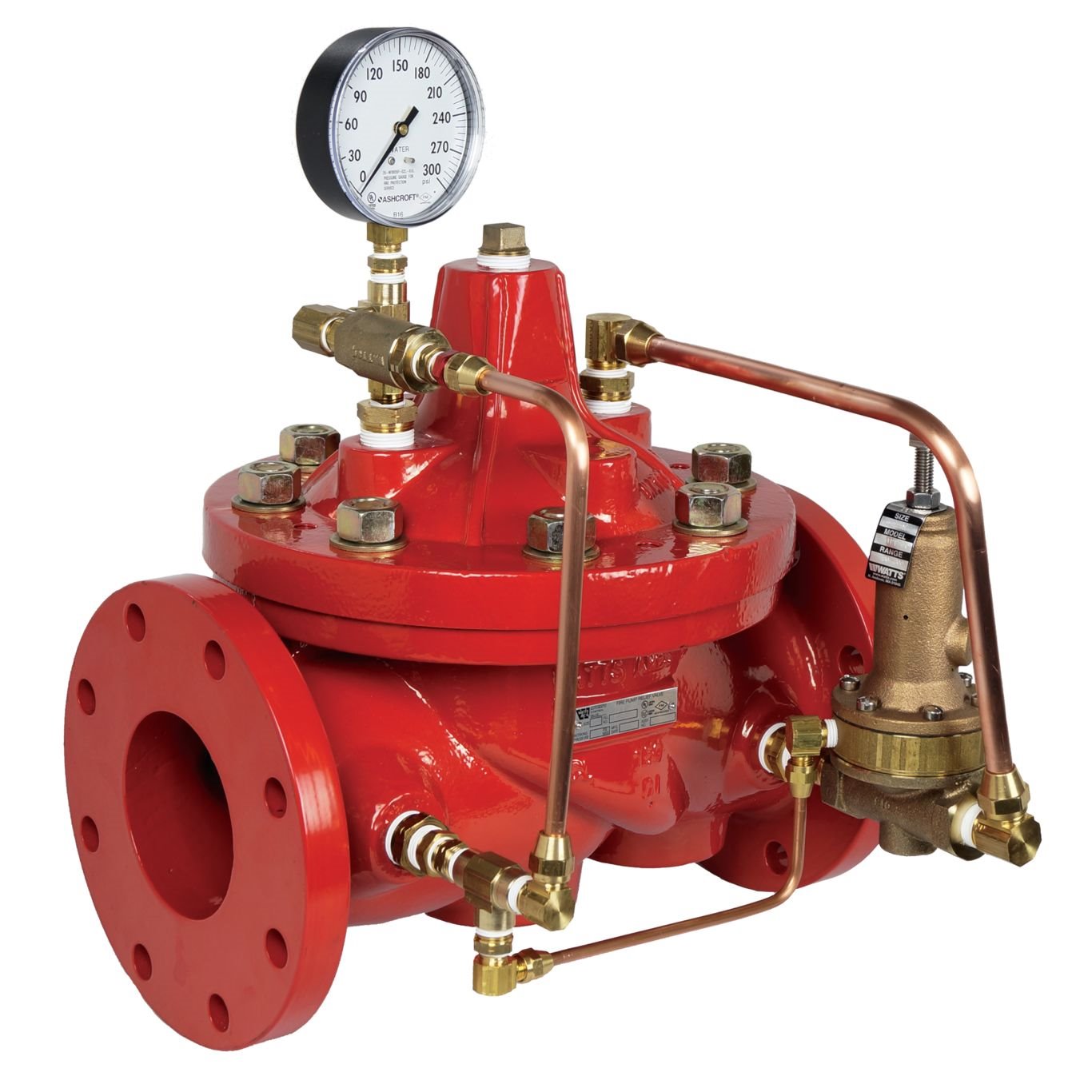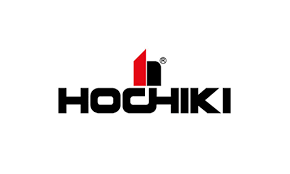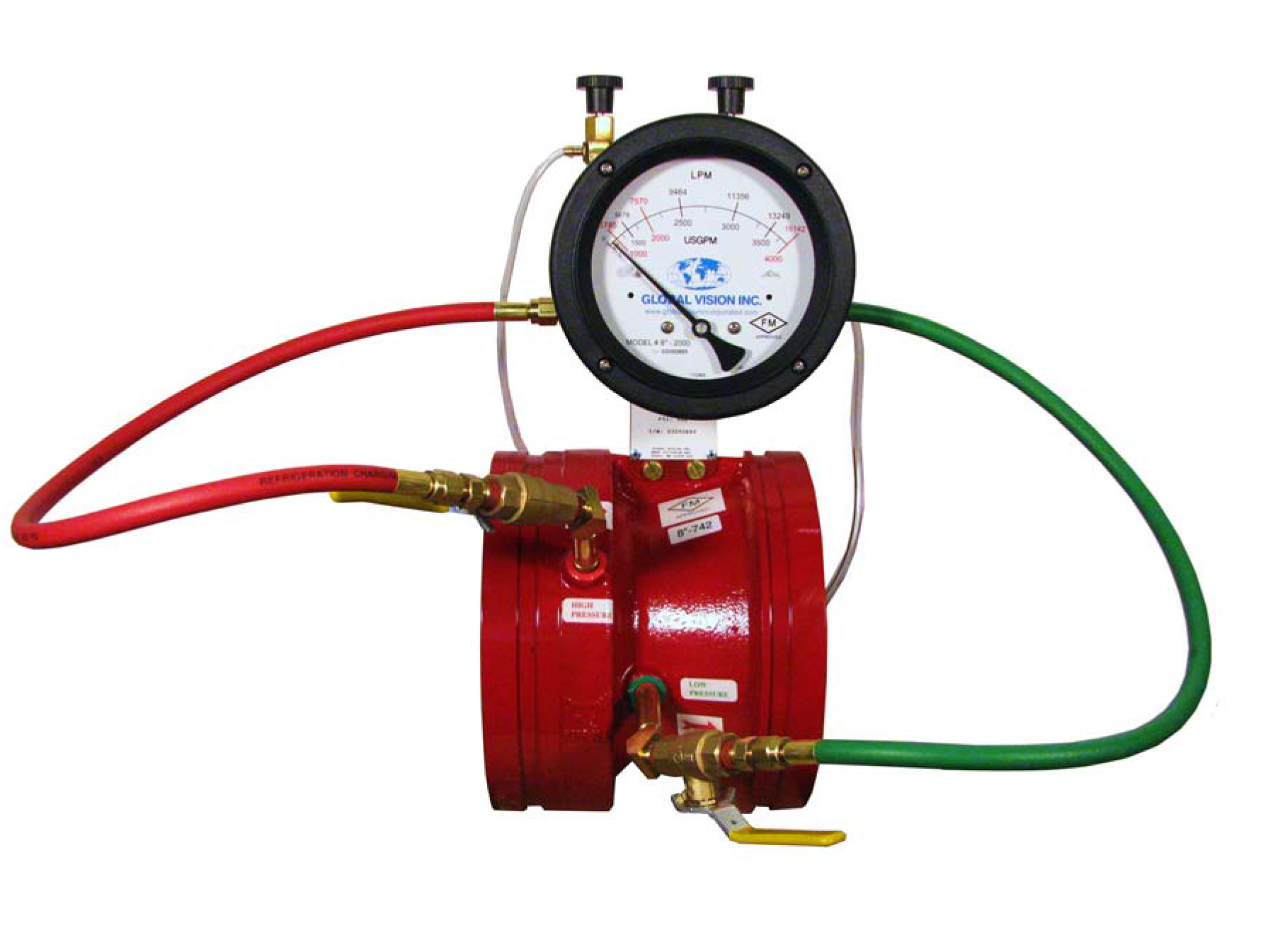Pompa ini sebagai back up ketika power listrik yang mensupply / memberi pasukokan listrik ke electric pump mati. Selain sebagai backup pada electric pump, diesel pump berfungsi sebagai pompa yang mendistribusikan air ke sprinkler maupun ke fire hydrant pillar.
 Fire Pump
Fire Pump
A fire pump usually refers to a pressure-increasing component of the water supply for fixed-place fire suppression systems such as fire sprinklers, standpipes, and foam systems. Fire pumps are also a critical component integrated into fire trucks and fire boats, and serve a similar purpose boosting water supplies for firefighting hose operations. Fire pumps are used to increase the pressure of water sourced from a municipal underground water supply piping network, or a static supply (e.g., tank, reservoir, lake). A fire pump is a centrifugal- or positive displacement- pump that has been tested and listed by a third-party testing and listing agency, such as UL or FM Global specifically for fire service use. The main standard that governs fire pump fixed-place installations in North America is the National Fire Protection Association’s NFPA 20 Standard for the Installation of Stationary Fire Pumps for Fire Protection.
Fire pumps are powered most commonly by an electric motor or a diesel engine, or, occasionally a steam turbine. If the governing model building code requires backup power independent of the local electric power grid, a fire pump using an electric motor may utilize an emergency generator when connected via a listed transfer switch. Fire pumps installed on fire trucks and boats are powered by the engine of the vehicle/vessel.
Utilizing a control panel with pressure sensors, fire pumps automatically start when the pressure in the fire sprinkler system drops below a pre-designated threshold. Given the incompressibility of water, fire suppression system pressures drops significantly and quickly when one or more outlets open. Examples would be fused (opened) fire sprinklers, fire hose valves connected to a standpipe, or automatic control valves opened by release panels.

Fire pumps are utilized when determined by hydraulic calculations that the existing water supply cannot provide sufficient pressure to meet the hydraulic design requirements of the suppression system. This usually occurs if the building is very tall, such as in high-rise buildings (to overcome hydraulic head losses created from elevation differences), in systems that require a relatively high terminal pressure at the fire suppression outlets (to provide sufficient water droplet penetration of a fire plume), or in systems that require a large discharge of water (such as storage warehouses). Fire pumps are also needed if fire protection water supply is provided from a static source which provides little or no pressure. Some situations may be compounded by all of these factors, requiring large water supplies and powerful fire pumps.
Common types of fire pumps used for fire service include: horizontal split case, vertical split case, vertical inline, vertical turbine, and end suction.
Electric Fire Motor Pump, Main Pump
The electric fire engine is a fire engine with a water pump, used to distribute water to put out a fire, operated by an electric motor. Electric fire engines were first proposed in the 19th century to replace the steam pumpers used for firefighting. The electric motor was claimed to be simpler, cleaner, and faster in operation, would save money, and require less maintenance than the steam fire engine. Contemporary battery-operated models also exist.
The electric motor was equipped with several hundred feet of cable carried on a reel. The cable attached to a specially designed electrical outlet box that was nearest to the fire. The box would be located next to the water plugs throughout the city districts in the manner previously mentioned. When the engine was tested, it gave very good results, and is now in use at the factory of the Crocker-Wheeler Electric Company, in Ampere.
Centrifugal pumps are used to transport fluids by the conversion of rotational kinetic energy to the hydrodynamic energy of the fluid flow. The rotational energy typically comes from an engine or electric motor. They are a sub-class of dynamic axisymmetric work-absorbing turbo machinery. The fluid enters the pump impeller along or near to the rotating axis and is accelerated by the impeller, flowing radially outward into a diffuser or volute chamber (casing), from which it exits.
 Jockey Pump
Jockey Pump
A jockey pump, also known as a pressure-maintenance pump, is a small pump connected to a fire suppression system near the fire pump and is intended to maintain pressure in a fire protection piping system. These pumps recover pressures lost from gradual, slow pressure declines in a system due to temperature changes, trapped air escapement, or very small leaks. The jockey pump is essentially a portion of the fire pump’s control system. A jockey pump is sized for a flow less than one sprinkler in order to ensure a system pressure drop significant enough to start the main fire pump. Jockey pumps are typically small multistage centrifugal pumps, and do not have to be listed or certified for fire system application. The control equipment for jockey pumps may however carry approvals. Jockey pumps should be sized for 3% of the flow of the main fire pump and to provide 10psi more pressure than the main fire pump (As per Code IS 15105 : 2002)
 Diesel pump
Diesel pump
Circulation relief valve, Safety Valve, PRV

Each pump shall have a circulation relief valve listed for the fire pump service installed and set below the shutoff pressure at minimum expected suction pressure. Exception: This rule shall not apply to engine-driven pumps for which engine cooling water is taken from the pump discharge.
Calculation Flow rate must be sizing.
Fire Flow Meter
A water flow test, also known as a hydrant flow test, is a way to measure the water supply available at a building site, usually for the purposes of installing a water based fire protection system (fire sprinkler system).
The most common test involves measuring the flow of water flowing out of a municipal fire hydrant (measured in gallons per minute) while recording how much the water pressure has dropped (from no water flow to test flow). When the results are collected carefully, formulas can be applied to figure the varying pressure(s) that will be available when different amounts of water flow are used from the same source. A process to perform a water flow test is explained in the model fire codes as published by NFPA (National Fire Protection Association).
If a water supply source is considered weak compared to what is required by the sprinkler system design hydraulic calculation, the water pressure can be boosted by means of a fire pump.

























